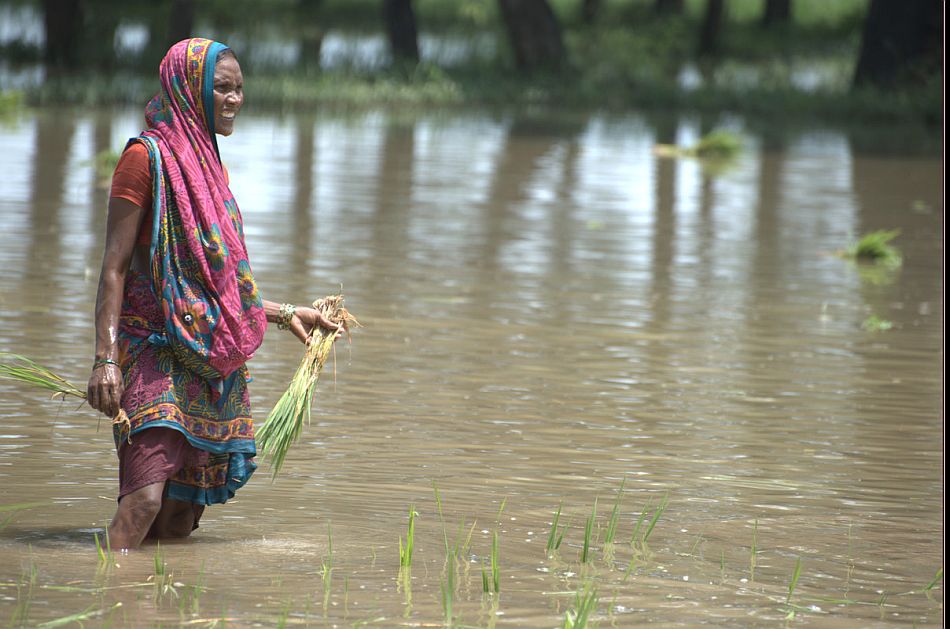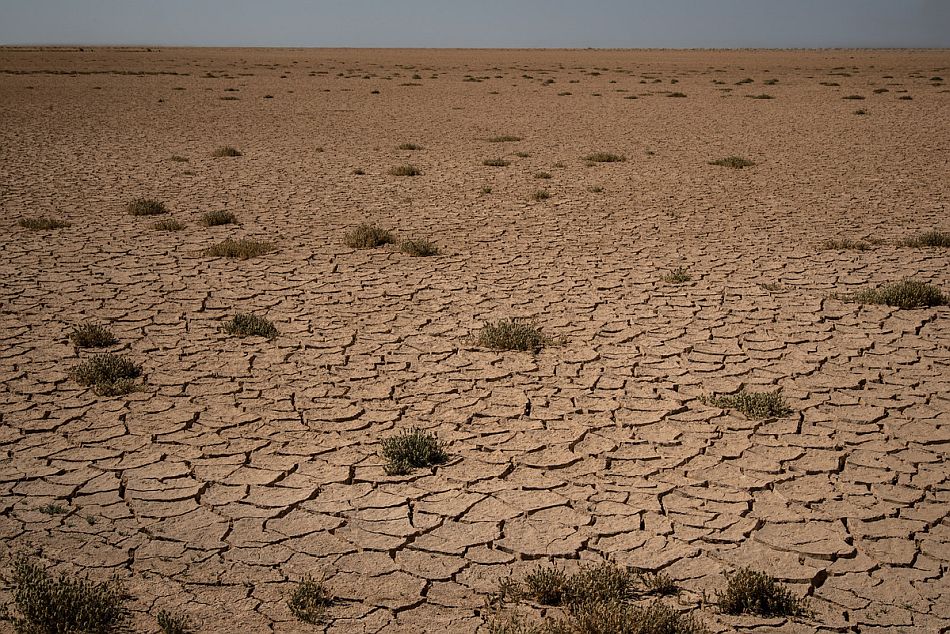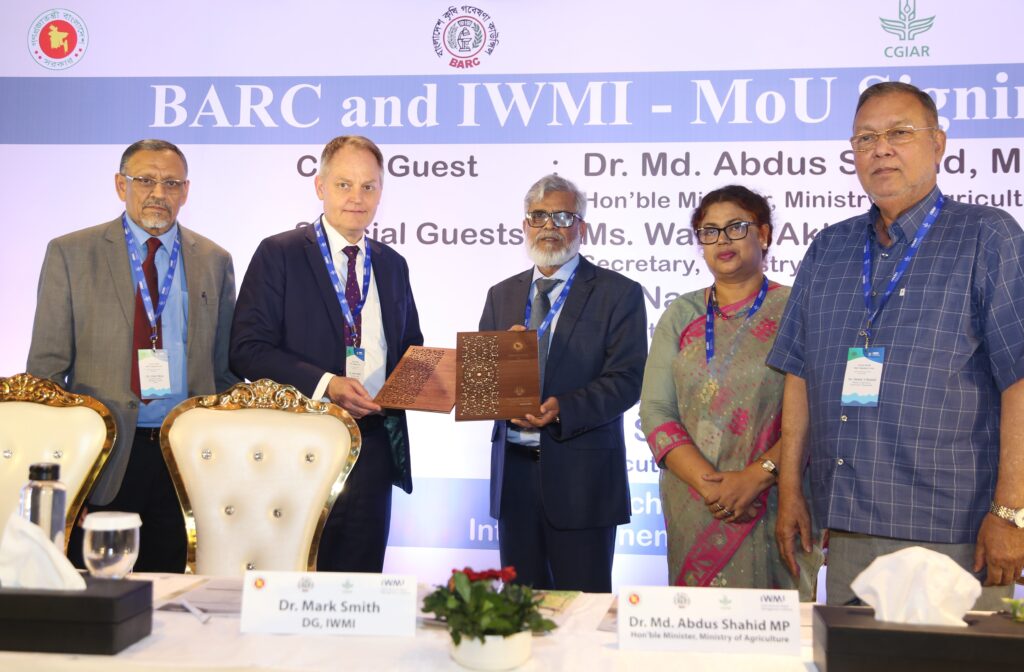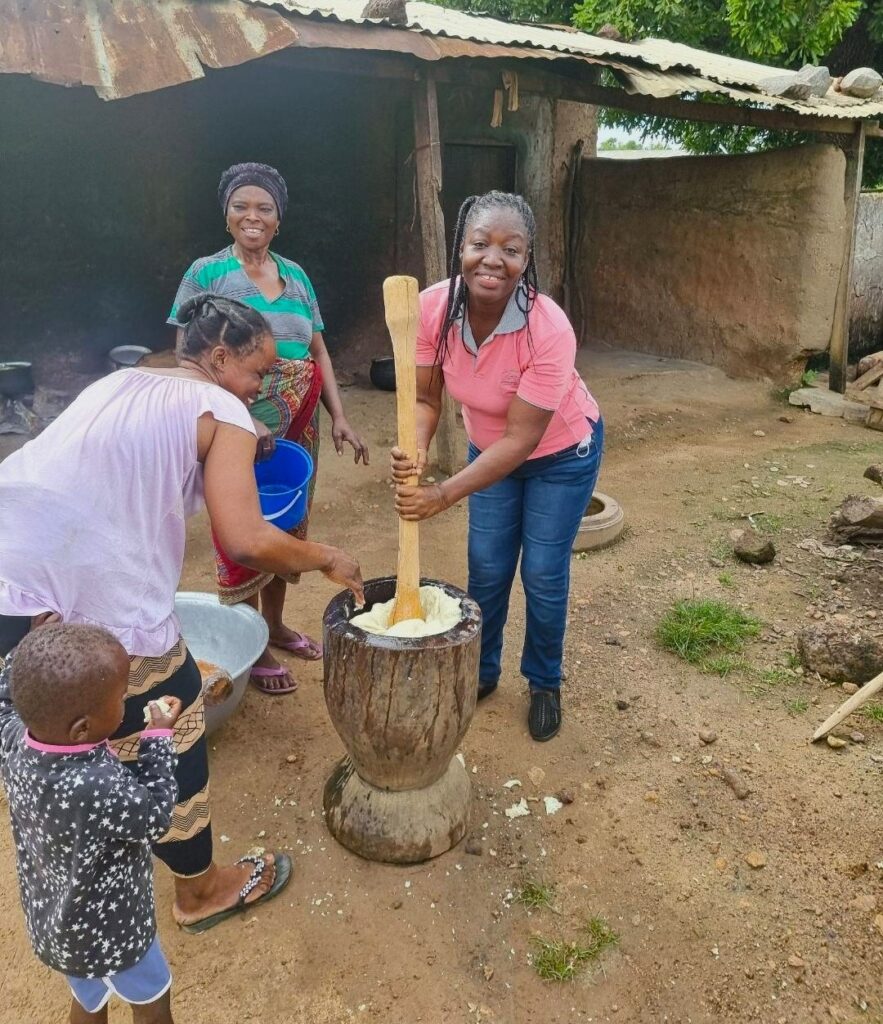Why climate, development, and disaster sectors must work together to achieve global goals
By Giriraj Amarnath, Research Group Leader – Water Risk to Development and Resilience and Principal Researcher – Disaster Risk Management and Climate Resilience, IWMI and Rachael Mcdonnell, Deputy Director General – Research for Development, IWMI
Greater international cooperation is urgently needed to support developing countries reduce the risk of, and losses from, disasters. This is the main message of today’s International Day for Disaster Risk Reduction. Currently, disasters affect middle- and low-income countries disproportionately, particularly in terms of the number of people killed, injured, displaced or made homeless, damage to infrastructure, and economic losses. In fact, during the past decade alone, disasters have killed 410,000 people and affected a further 1.7 billion people, with climate change escalating the number of devastating events.

Encouragingly, 2021 has seen unprecedented levels of international cooperation towards meeting climate and development goals. In January, for example, participants at the Climate Adaptation Summit formed the Adaptation Action Agenda to speed up adaptation to climate change. Meanwhile, attendees of Stockholm International Water Institute’s World Water Week in late August focused on ways to ‘build resilience faster,’ and September’s United Nations (UN) Food Systems Summit outlined a path for achieving the global transformation in food systems required to meet the UN Sustainable Development Goals (SDGs).
Such multilateral efforts are imperative if we are to prevent catastrophic climate change – by keeping the global temperature rise within 1.5°C – and help vulnerable communities become more resilient to climate shifts that can no longer be avoided. During the two decades leading up to 2019, the international disasters database EM-DAT recorded 7,348 events caused by natural hazards, including earthquakes, floods, and heatwaves, in comparison to 4,212 such events between 1980 and 1999. While improved recording and reporting of events may have contributed to this increase, the growth is largely due to a significant rise in the number of climate-related disasters.
While IDDRR 2021’s focus is on international cooperation, which is Target 6 of the Sendai Framework for Disaster Risk Reduction (SFDRR), we argue that cooperation within nations at differing scales is also important, as is cross-disciplinary collaboration. In the language of the 2015 international agendas, this means that the SDGs, the SFDRR, and the Paris Agreement (and further commitments arising from approaching COP26 UN Climate Change Conference in November) must be delivered in a coordinated, participatory manner. Only with widescale cooperation can we achieve the rapid, transformational change required to head off the climate and environmental emergencies the world currently faces.
At IWMI, our work exemplifies ways in which collaboration and cooperation – from grassroots to government, internationally, and across multiple disciplines – can contribute to making communities more resilient to disasters and underpinning sustainable development. For example, we have developed a low-cost satellite Index-Based Flood Insurance (IBFI) product to compensate poor smallholder farmers whose crops are destroyed by flooding. This has involved collaboration between national and state governments in India, Bangladesh, and Sri Lanka, as well as insurance companies, farmer organizations, development NGOs, agricultural research centres, and meteorological experts.
We used data on historic floods to develop a model that predicted where flooding was likely, and drew upon flood-risk and socioeconomic data to set appropriate premium prices. Using earth observation data to verify claims negated the need for extensive field visits, which kept the premiums affordable and enabled claims to be settled quickly via mobile phone. In trials conducted between 2017 and 2020, farmers from 7,000 households in Bihar, India, and in the Gaibandha, Kurigram and Sirajganj districts of Bangladesh, shared a total pay-out of USD150,000.
Expanding such schemes has the potential to bolster farming livelihoods, reduce post-disaster costs for governments, and contribute to meeting the SDGs.

Similarly, IWMI is working with ministries of environment and agriculture, river authorities, universities, and science and technology research institutes on the USAID-funded MENAdrought project to develop drought early warning systems in Jordan, Lebanon, and Morocco. This work has involved using satellite data on rainfall, soil moisture, and vegetation health to develop an enhanced Composite Drought Index (eCDI). By analyzing colour-coded satellite maps that show how the underlying value of the eCDI changes from the start of the growing season onwards, users can detect early on if a drought is emerging – even before its effects are visible on the ground.
Once fully functional, the system will issue automatic alerts to trigger government agencies to take action to mitigate the worst impacts of drought. In the long term, the hope is that the technology will be routinely used across the Middle East and North Africa (MENA) in drought management, helping strengthen resilience to climate change, promote accountability and transparency, and inform scarcity management in arid watersheds. This will help to support farmers and pastoralists, and prevent climate hazards from escalating into devastating and costly disasters.
Examples such as these show why it is so important to harness the power of international cooperation to reduce risk and losses from disasters. At the same time, these examples also demonstrate the importance of breaking down silos and promoting collaboration at all levels and between disciplines.
CGIAR, the umbrella organization of which IWMI is a part, is leading the way in this regard by reformulating its partnerships, knowledge, assets, and global presence under the name ‘One CGIAR’. In doing so, it seeks to promote greater integration and impact in light of the interdependent nature of challenges – including climate change and disaster risk reduction – that the world faces today.
















